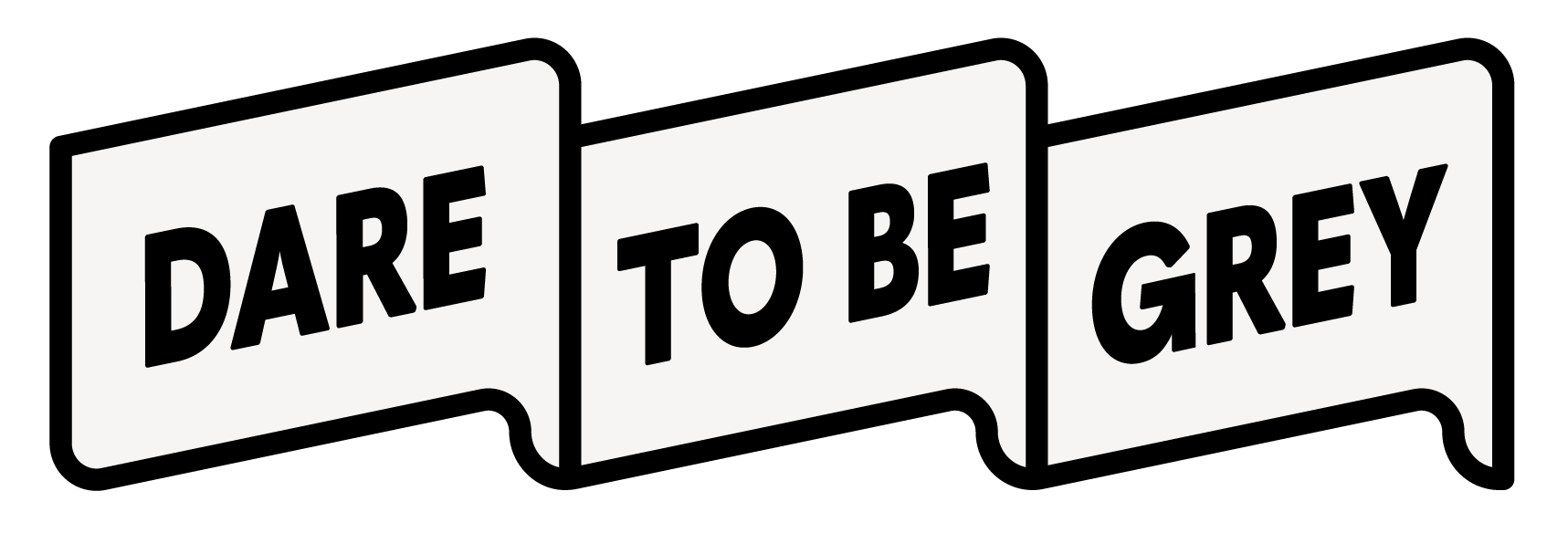Polarisation is driven by the growing attention and legitimisation of us-versus-them narratives. Thus, if we want to understand how a society polarises, we need to understand how these narratives spread. Often, it is one of three actors that are held responsible for this problem: the media, politics, or the internet. However, whilst tackling polarisation, we have observed that in the spreading of us-versus-them narratives, these three actors equally share the responsibility with a fourth, usually ignored, actor: the audience. Together, these four actors push for polarisation, both consciously and unconsciously, in an interconnected loop of interactions.
It is important to note, however, that most of these interactions are actually fundamental to the functioning of our modern-day democracies. Politicians need to govern, whilst at the same time being scrutinised by the public they serve. The media form a fundamental link between these two, as they relay the messages between both parties, whilst also keeping them in check through conducting journalistic research. On top of that, the internet, and social media in particular, has recently become a second, sometimes more direct, channel between politics and the public, whilst at the same time creating new connections between media outlets and their audiences.









